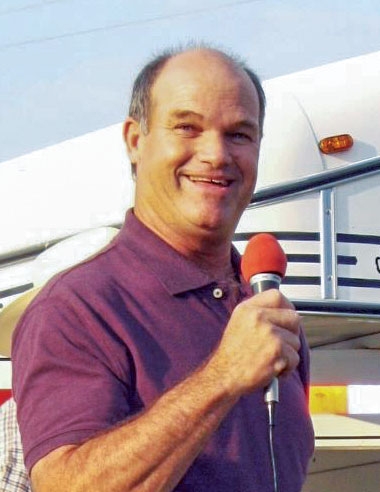Our most important lessons as farriers often are learned through that one horse. These cases deliver an education that can’t be duplicated in any classroom. For me, that horse was Stretch.
From Sound to Lame
This big palomino Quarter Horse stood at 17 hands with a muscular build and square frame atop tube-like hooves. His owner Nan Stahl rode this horse for years throughout Sonoma County, Calif., and loved him dearly.
About 10 years into my farrier career was when my education with Stretch began. I kept this horse sound for 2 years until he became lame and was diagnosed by the veterinarian with navicular disease in his left forefoot. This was 1989, before a lot of access to diagnostic tools were readily accessible or used. I struggled with this case. I was young and easily frustrated because I wanted to “fix” Stretch.
I made a deal with Nan. If she bought whatever stock or shoe I needed and documented everything I did, the shoeing would be free. She still insisted paying me for the trim. She kept diligent notes on endless spreadsheets.
At each appointment, we measured both front feet three times: length of toe from the hairline to distal toe tip, width of heel and hoof angle. These three measurements were performed three times: before he was trimmed, after he was trimmed and after the shoe was applied. We documented any bruising or any abnormalities in his hooves. In between visits, Nan would document how Stretch did on trail rides. She was thorough, noting the terrain they rode on.
I noticed a pattern each time Stretch was shod. When I measured his angles, Stretch was at 57 degrees. Six weeks later, he would be 53 to 55 degrees. My thinking at the time was that friction between hoof and shoe during expansion and contraction caused this, due to the fact the heels were always smooth and shiny, while the toe was rusty and dirty.
We tried all kinds of shoe and pad combinations, egg bars, straight bars, mushroom bars, wedge shoes, reverse shoes, aluminum shoes and some we made up along the way. I was desperate. Some of these appliances helped, but overall there was little change in his soundness.
We found Stretch was less lame in the winter months and would have at least ¼- to ½-inch more heel width through this season, then revert back in the hot summer months to a more atrophied hoof. In spring and fall, he would grow hoof faster than summer and winter.
As farriers, our toughest problems can appear to us in our sleep. Six months into this navicular ordeal, I had a dream in which I visualized a horse going around in a circle counterclockwise. The left lateral hoof would strike the ground first, as did the medial right hoof. I woke up and questioned whether I had been trimming and shoeing horses all wrong. I thought at that moment hoof operates with suspension, expansion and contraction rolled into one unit. When I next saw Stretch, I selected a wide-web aluminum shoe and sawed almost through the toe. Once it was nailed on, I finished cutting through the toe with the hacksaw blade, creating two separate halves of the shoe that could move independently. Unconventional? Yes. I am sure some will question my approach, but this solution helped him more than any other application I had tried. The most difficult part was keeping this split shoe on. Stretch wore this type of shoe for 2 years, and it suited him best.
Nan and her horse eventually moved to Redmond, Ore. — which years later became Stretch’s final resting place.
Lessons Learned
Still shoeing today, I’m forever grateful to Stretch and Nan for the lessons that they taught me. The takeaway has little to do with the shoe that I nailed on.
First, stay humble and acknowledge your shortcomings. You will be wrong and if you don’t remain humble, this job will do its damnedest to knock you off your perch.
Second, keep an open mind on a different approach. I admit I seldom had the right answer for Stretch, but I didn’t give up. I would try anything available to help the horse.
Next, keep notes and photos of your work. Develop case studies from those horses that challenged you.
Finally, build relationships with clients. Listen to them. Show them your commitment to providing the best care for their horses. Be honest and upfront with what you know and you can do. My education would not have been possible without the patience of Nan. How many owners would stick with us as farriers for more than a few appointments when we struggle finding the answer for their horses?
Thank you to Nan and Stretch for the patience and understanding. You turned a horseshoer into a farrier. The ultimate lesson you gave me was to always think what is best for the horse and not always for my pocket.







